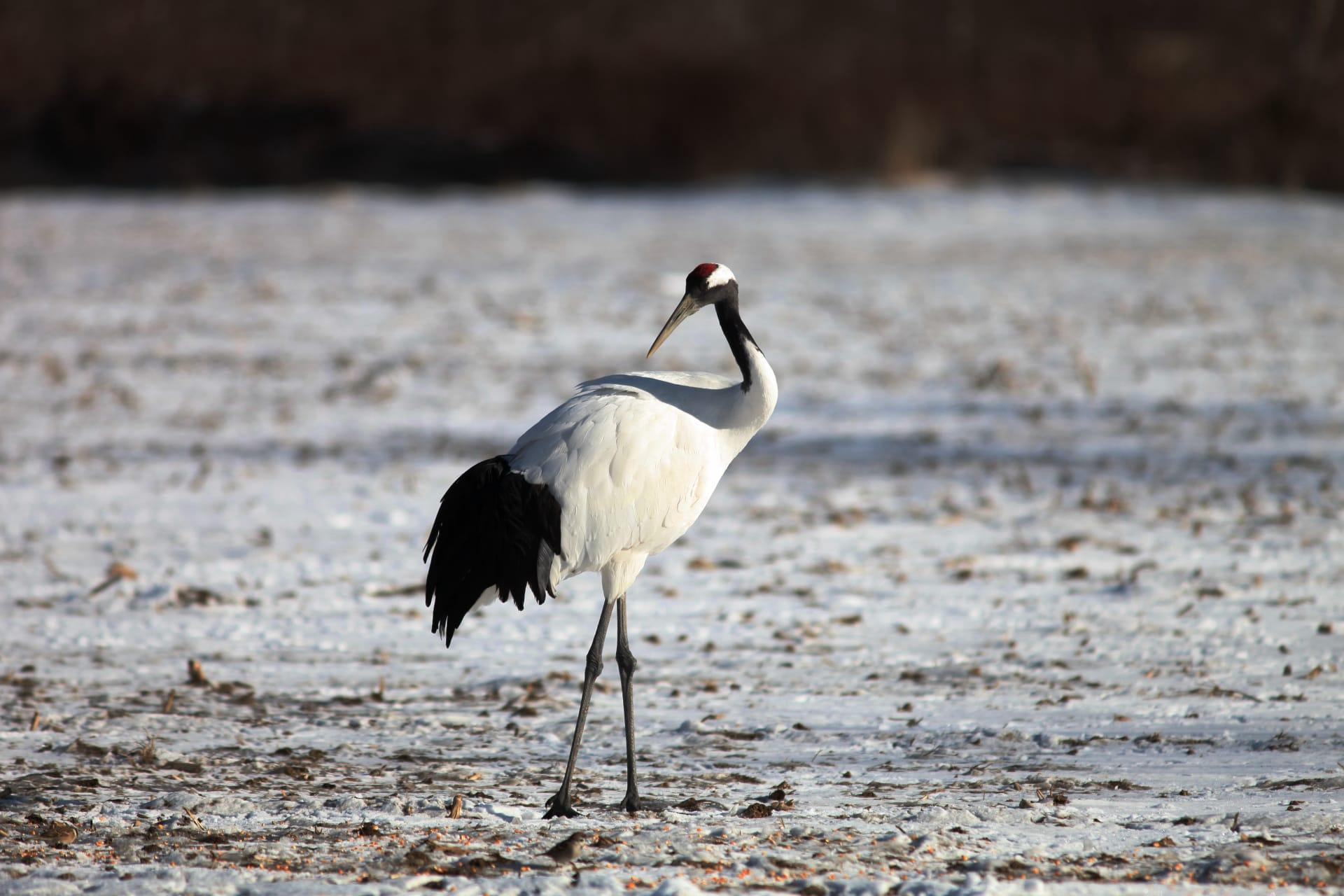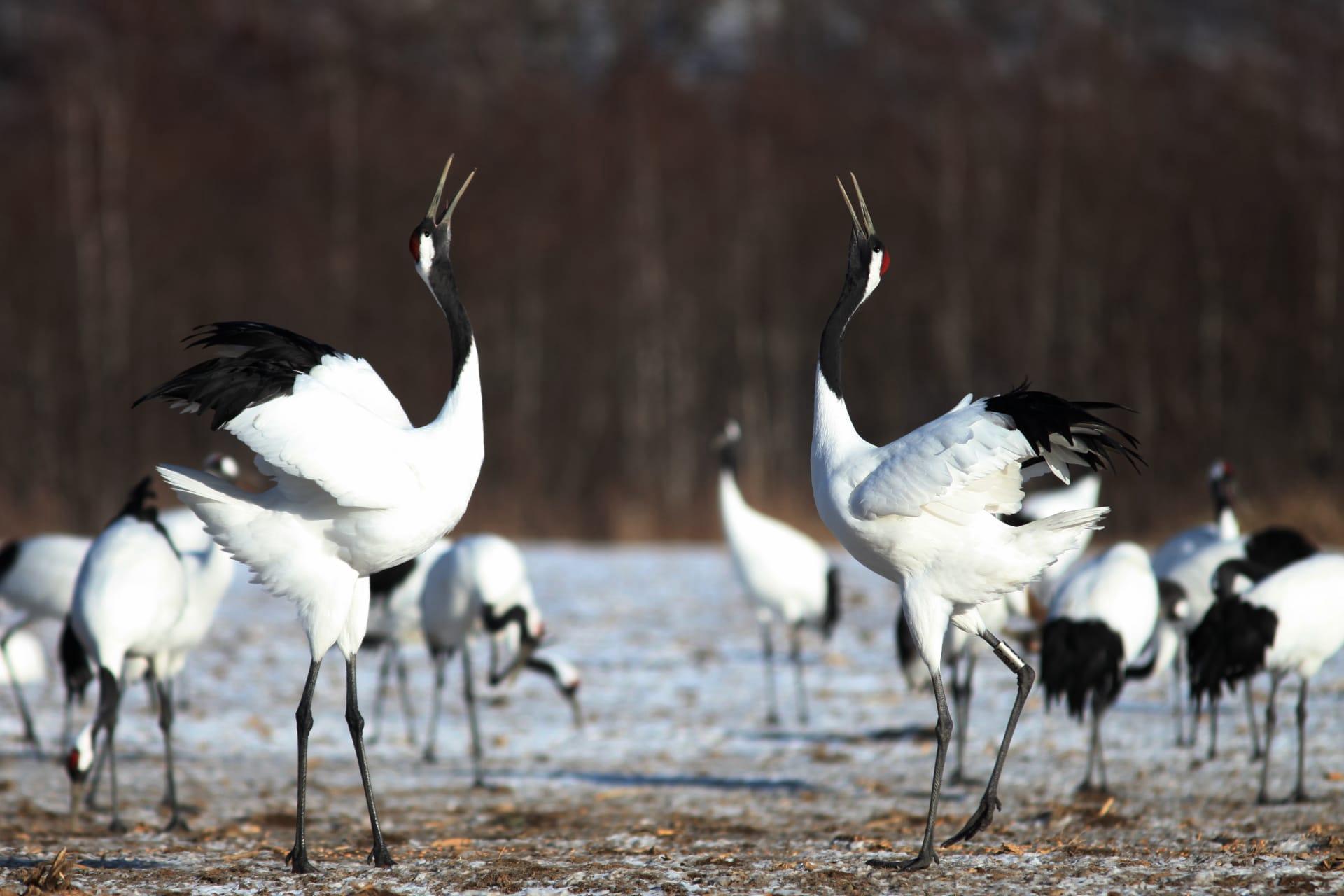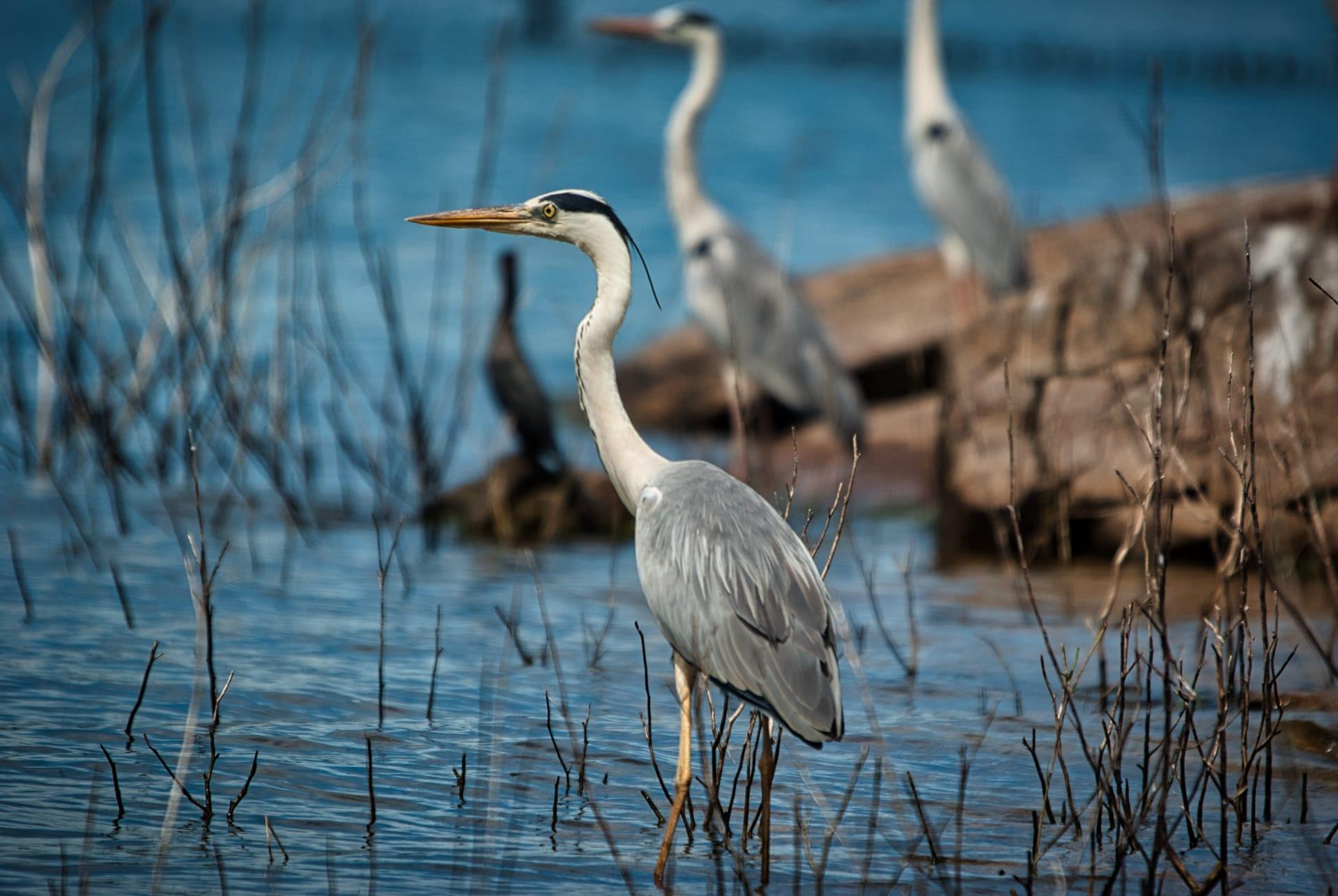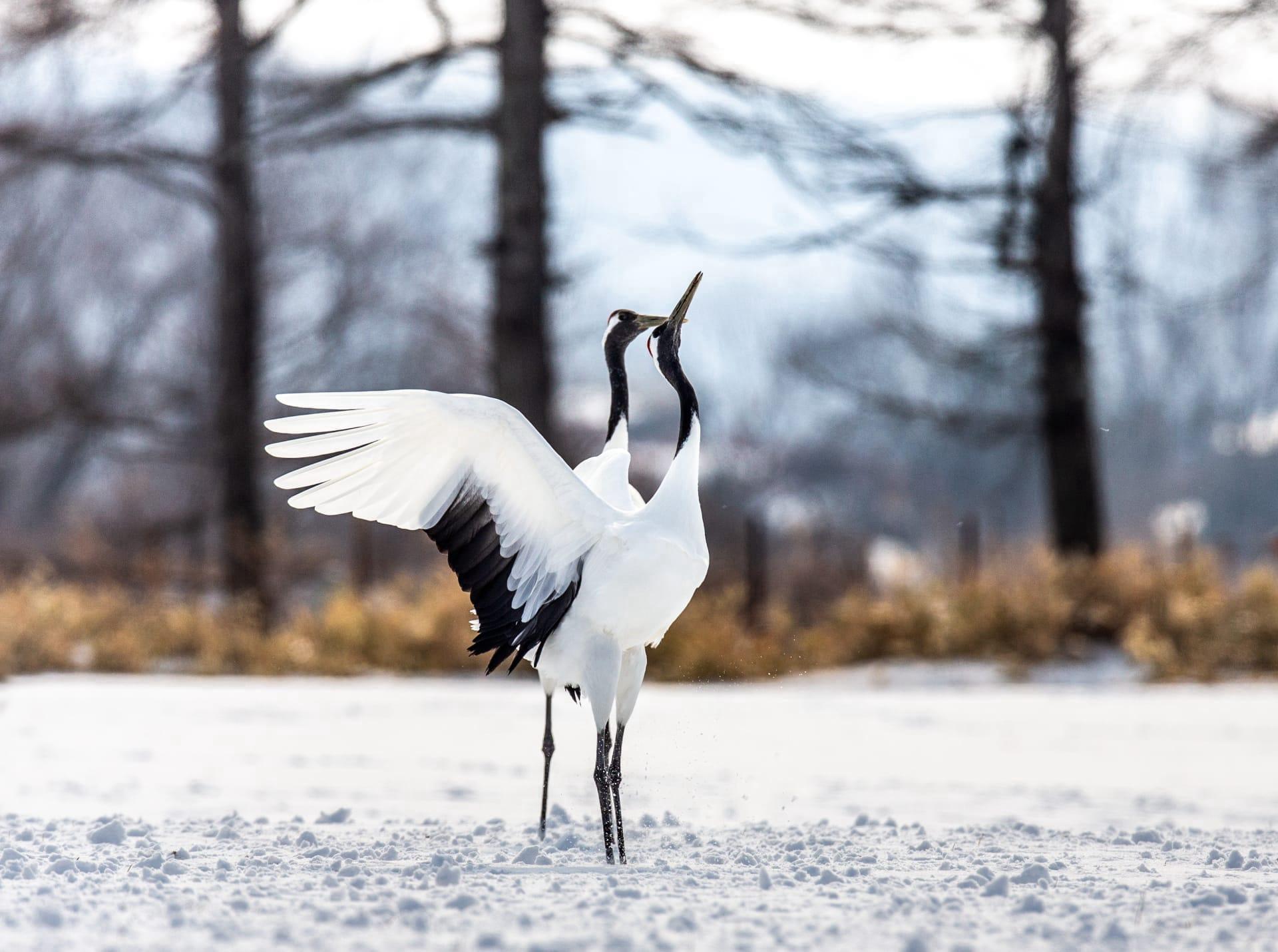Crane Trivia
- Home /
- Trivia Question /
- Animal /
- Crane Trivia
1
Question: How long can cranes live in the wild, and what factors contribute to their lifespan?
Answer: Cranes can live remarkably long lives in the wild, with some species like the Sandhill Crane reaching up to 20 years. Factors contributing to their lifespan include natural predation, habitat quality, and human impact. For instance, Whooping Cranes, with a lifespan of around 24 years, face threats from habitat loss and human disturbances, impacting their longevity. Migratory routes and breeding success also play a crucial role in their survival rates.
Question: What is the wingspan of the largest crane species, and how does it aid in their migration?
Answer: The Sarus Crane, the world's tallest flying bird, boasts an impressive wingspan, which can reach up to 2.4 meters (almost 8 feet). This expansive wingspan aids in their migration by allowing them to soar and glide efficiently, conserving energy. The large wingspan also provides stability and lift during long flights, which is crucial for their journeys across continents. These majestic birds utilize thermal columns in the air to gain altitude, making their long-distance travel more efficient.

2
Question: Do cranes mate for life, and what are their courtship rituals like?
Answer: Yes, many crane species, like the Whooping Crane, are monogamous and mate for life. Their courtship rituals are a sight to behold, involving elaborate dances, synchronized calls, and mutual preening. These dances strengthen their bonds and are essential for pair formation. The dances are characterized by high leaps, wing flapping, and loud calling, showcasing their vitality and compatibility to their potential mates.
Question: Is it true that all crane species migrate long distances?
Answer: Contrary to popular belief, not all crane species are long-distance migrants. While species like the Siberian Crane undertake extensive migrations over thousands of miles, others like the Grey Crowned Crane in Africa are primarily sedentary, only making short movements in response to seasonal changes in food availability and habitat.

3
Question: How do cranes communicate, and what is the significance of their calls?
Answer: Cranes communicate through a complex system of vocalizations and body language. Their calls, varying in pitch and intensity, serve multiple purposes like maintaining contact with their flock, signaling alarm, and attracting mates. For example, the iconic bugling call of the Whooping Crane, audible from miles away, is used to establish territory and during courtship displays. Each species has distinct calls, which are crucial for their social interactions and survival in the wild.
Question: What is the diet of cranes, and how do they forage for food?
Answer: Cranes are omnivorous and have a varied diet, including plants, grains, insects, small mammals, and amphibians. They forage in wetlands, fields, and shallow waters. Techniques vary among species; for instance, the Sandhill Crane probes the soil with its long beak to extract roots and insects, while the Red-crowned Crane may toss vegetation to disturb prey. Their diet changes seasonally and is influenced by habitat and availability of food sources.

4
Question: How do cranes contribute to their ecosystem, and why are they important?
Answer: Cranes play a significant role in their ecosystems as both predators and prey. They help control populations of insects and small animals, and their foraging habits can aid in seed dispersal and soil aeration. Being indicator species, their presence reflects the health of their habitat, signaling environmental changes. Protecting cranes also means safeguarding wetlands and grasslands, crucial for other species and ecological balance.
Question: What are the major threats to crane populations worldwide?
Answer: Major threats to crane populations include habitat destruction, human disturbances, and climate change. Wetland drainage for agriculture and urban development reduces their breeding and feeding grounds. Collisions with power lines, illegal hunting, and pollution also pose significant risks. Climate change alters their migratory patterns and affects the availability of food and nesting sites, further endangering these majestic birds.

5
Question: How are baby cranes raised, and what is their survival rate in the wild?
Answer: Baby cranes, or colts, are raised by both parents who share responsibilities like incubating the eggs and feeding the chicks. Survival rates vary among species but are generally low due to predation and environmental factors. For instance, in the first year, only about 40-50% of Whooping Crane chicks survive. Parents teach them essential skills like foraging and flying, and the colts usually stay with them until the next breeding season.
Question: Can cranes adapt to urban environments, and what challenges do they face?
Answer: Some crane species, like the Sandhill Crane, have shown remarkable adaptability to urban environments, exploiting modified habitats like golf courses and agricultural fields. However, they face challenges such as vehicle collisions, human disturbance, and habitat fragmentation. The proximity to humans can lead to habituation, making them vulnerable to threats and altering their natural behaviors. Conservation efforts are crucial to ensure their survival in both wild and urban settings.